The most important indicator of the state of the engine is the compression in the engine cylinders
The average value and the difference in compression values can be used to determine the overall wear of the parts of the connecting rod and piston group and the valve mechanism.
Check the compression with a compression gauge.

For a Cummins ISF2.8 engine, the compression tester must have a tip in the shape of the fuel injector body.
The battery must be charged and the starter must be in good condition.
Warm up the engine to operating temperature before checking compression.

Open the hood and squeeze the tip of the fuel supply pipe to the high pressure fuel pump.
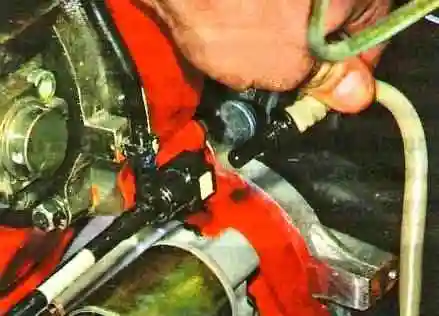
Disconnecting the pipeline
We start the engine and let it run until it stops, as a result of the production of fuel from the high pressure line.
Clean the fittings of the tubes going to the injectors
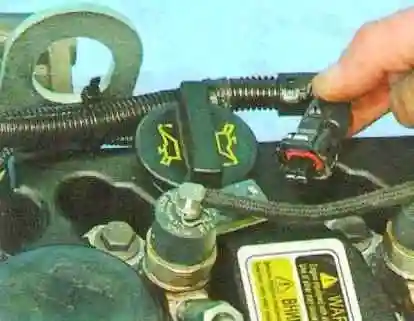
Press the latch and disconnect the wiring harness block from the injector
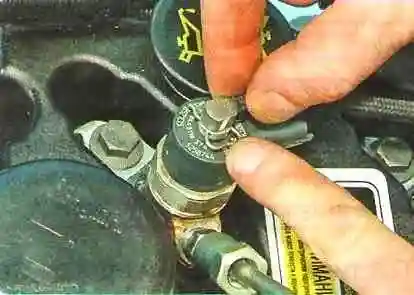
Push on the latch that secures the drain pipe fitting to the nozzle
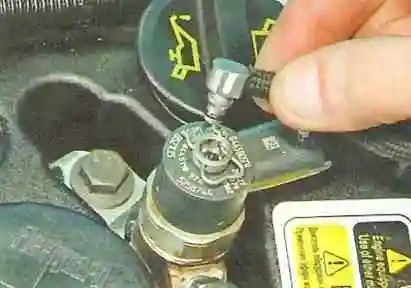
Disconnecting the drain pipe
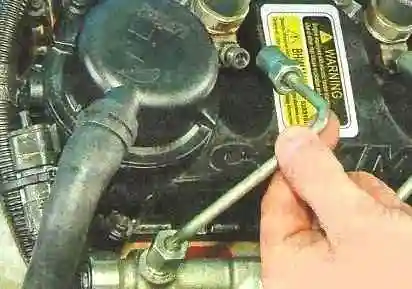
We unscrew the nuts securing the high pressure pipes and disconnect the pipes from the injectors

Unscrew the mounting bolts and remove them from the holes
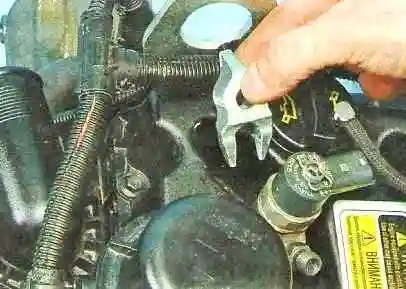
Remove nozzle holders
Remove the injectors and mark them so that they are not confused during installation.
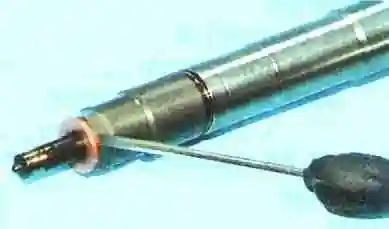
The nozzles are sealed with copper washers. These washers must be replaced.
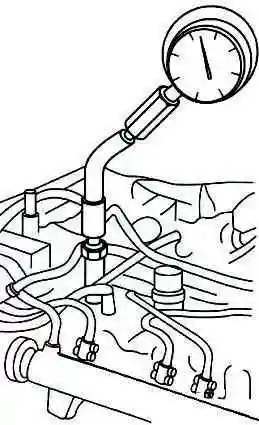
We install the compression tester in the hole for the nozzle and fix its tip with the nozzle mounting parts.
Turn on the starter and turn the engine crankshaft until the pressure in the cylinder stops increasing.
We record the readings of the compression meter of this cylinder and measure the pressure in the following cylinders in the same way.
The pressure should be 2.2 MPa.
The minimum allowable pressure is 1.9 MPa.
The pressure difference in the cylinders should not exceed 0.3 MPa.
To identify the cause of insufficient compression, pour about 20 ml of clean engine oil into the cylinder with reduced pressure and measure the compression in this cylinder again.
If the compression gauge readings increase, then this indicates a malfunction of the piston rings.
If the reading has not changed, then It reads, the valves do not fit snugly to the seats or the cylinder head gasket is damaged.
The cause of insufficient compression can also be found by supplying compressed air to the cylinder in which the piston is pre-set at TDC on the compression stroke.
To do this, remove the tip from the compression tester and attach the compressor hose to it.
Insert the tip into the nozzle hole and blow air into the cylinder at a pressure of 0.2-0.3 MPa.
In order to prevent the engine crankshaft from turning, engage a higher gear and brake the car with the parking brake.
The exit (leakage) of air through the intake pipe indicates a leak in the intake valve, and through the muffler - a leak in the exhaust valve.
If the cylinder head gasket is damaged, air will escape through the neck of the expansion tank in the form of bubbles or into the adjacent cylinder, which is detected by a hissing sound.
After checking the compression, install the parts in reverse order and bleed the fuel system.
We start the engine and check the tightness of the connections of the power system.





